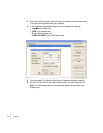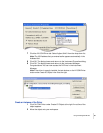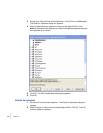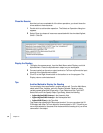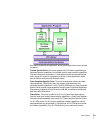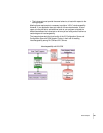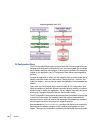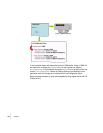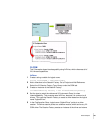
102
Chapter 11
•
•
•
•
•
•
Driver developers also provide wrapper interfaces optimized for specific
development environments. The wrapper functions as an adapter between an ADE
and a driver not designed for that ADE. It enables the ADE to use technologies for
which no native implementation exists. In Chapter 6, IVI with MATLAB, for
example, generating an instrument wrapper is a key step in creating the program.
Driver Types
The schematic on the next page shows the three basic types of drivers: Both IVI-
COM and IVI-C use Custom and Class Compliant Drivers, but Class Drivers are
unique to IVI-C. Usually, you only need to be concerned about the type of driver if
you want to enable interchangeability. To understand the differences among them,
you first need to understand the various capabilities these drivers support:
Inherent capabilities
: capabilities required by the IVI Foundation, such as
instrument simulation, state-caching, interchangeability checking, and range
checking, as well as commands, such as Initialize, Reset, and Close. Some
capabilities are required for all drivers, but others are optional.
Base class capabilities
: capabilities identified by an IVI Foundation working group
as common among the majority of instruments in a class. In the DMM class, for
example, base capabilities include performing a DC voltage or current
measurement.
Class extension capabilities
: capabilities identified by an IVI Foundation working
group as less common but still supported by multiple instruments within a class. In
the DMM class, for example, class extension capabilities include temperature
measurement.
Instrument-specific or vendor-specific capabilities
: capabilities not
standardized by IVI and unique to a manufacturer’s specific instrument. In the
DMM class, for example, this might be a measurement that uses a thermocouple
to sense the temperature.



